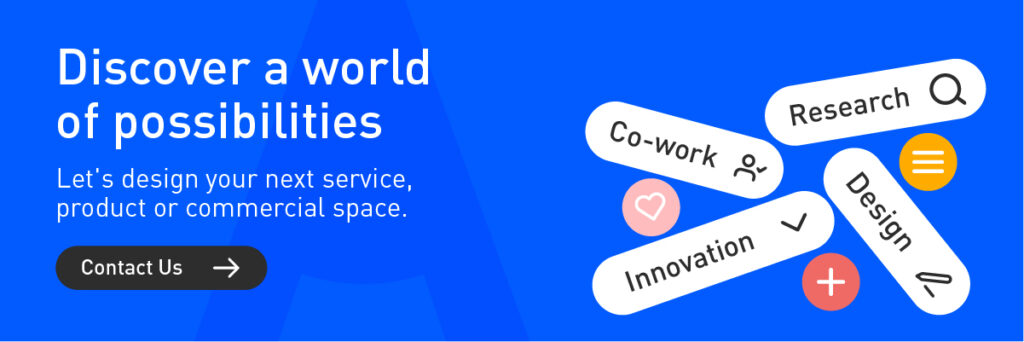In a world where environmental awareness is growing daily, eco-design has shifted from being an option to becoming a strategic necessity for companies looking to stay relevant. Many organizations still hesitate to take the step toward sustainable practices, concerned about initial costs or the complexity of implementation. However, evidence shows that eco-design not only benefits the planet but also drives innovation, reduces costs, strengthens competitiveness, and boosts business sustainability.
Discover 8 key benefits of eco-design and how they can transform your company.
1. Reduction of Operating Costs
While many companies view sustainability as an expense, visionary businesses see it as an investment with a guaranteed return and a positive environmental impact on society. By redesigning processes and products with a sustainable mindset, businesses achieve:
- Lower raw material consumption
- Reduced energy costs during production
- Minimized waste management expenses
- Optimized logistics and distribution processes
- Enhanced operational efficiency for more sustainable production
2. Regulatory Compliance and Anticipation of Future Regulations
Environmental regulations are becoming stricter worldwide. Companies that anticipate these changes not only avoid penalties but also gain consumer preference and strategic partnerships. Adopting eco-design allows businesses to:
- Ensure compliance with current regulations through a gradual and planned transition, avoiding last-minute costly adaptations
- Stay ahead of future regulations, preventing fines and restrictions
- Enter international markets with high environmental standards
- Simplify certification and approval processes
3. Building a Purpose-Driven Brand and Market Differentiation
Brands that embrace sustainability as part of their identity create stronger connections with consumers, especially younger generations. This is one of the most significant eco-design benefits in an evolving society. A common mistake is thinking that sustainability is just a marketing trend, but:
- Consumers are becoming more skilled at detecting “greenwashing”
- Genuine actions build lasting customer loyalty
- Transparency about environmental impact fosters trust

4. Driving Disruptive Innovation
Many companies see environmental restrictions as limitations, when in reality, eco-design is a powerful catalyst for innovation that:
- Encourages creative solutions to complex challenges
- Promotes research into new materials and technologies
- Stimulates lateral thinking and breaks paradigms
- Fosters interdisciplinary collaboration within organizations
5. Access to New Markets and Customer Segments
The idea that sustainable products only attract a small niche is outdated. Statistics show that the segment of eco-conscious consumers is growing exponentially, with new generations prioritizing responsible brands. Among the top eco-design benefits is its ability to expand business reach and stand out through sustainability. Additionally, eco-design enables:
- Access to the growing market of eco-conscious consumers
- Opportunities in emerging markets for sustainable products
- Partnerships with other environmentally committed companies
- Entry into public tenders incorporating sustainability criteria
6. Development of Competitive Advantage
Many businesses believe competing on price is the only strategy, failing to realize that eco-design:
- Differentiates through sustainability, reducing pressure to lower prices
- Creates unique value propositions, making them harder to replicate
- Increases perceived added value, setting new industry standards
- Establishes barriers for competitors, positioning pioneers ahead in their sector
- Strengthens brand image as a responsible and conscious company
7. Optimization of the Entire Value Chain
Eco-design takes a holistic approach, considering impact at every stage of a product/service’s lifecycle. This enables:
- Reduced dependency on scarce resources, fostering resilient supply chains
- Identification of inefficiencies across the entire supply chain
- Stronger relationships with suppliers and distributors
- Development of circular systems that minimize waste
8. Real Contribution to Sustainable Development and Circular Economy
In a circular economy, products and materials are maximized, reducing reliance on finite resources while creating new business opportunities. Beyond business benefits, eco-design helps:
- Significantly reduce corporate environmental footprint
- Lower greenhouse gas emissions
- Conserve natural resources for future generations
- Align the company with a greater purpose
Eco-Design: A Smart Business Strategy
Eco-design is not just about environmental responsibility—it’s a business strategy with tangible benefits. Sustainability, when properly managed, is not an additional cost but an investment that boosts profitability, innovation, and customer loyalty. Companies integrating these principles will not only be prepared for future challenges but will also lead their industries toward more resilient and sustainable models.
Are you ready to unlock all these benefits? At Blaster Design, we help you develop sustainable products and services. Contact us today!